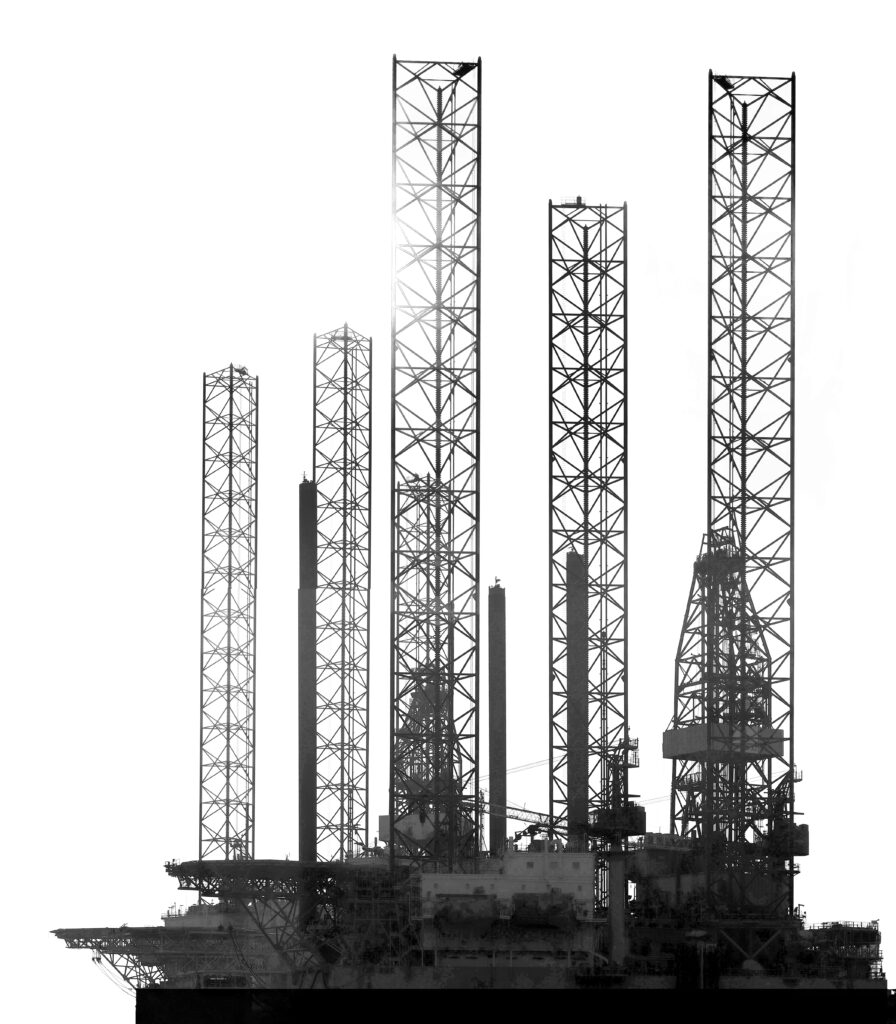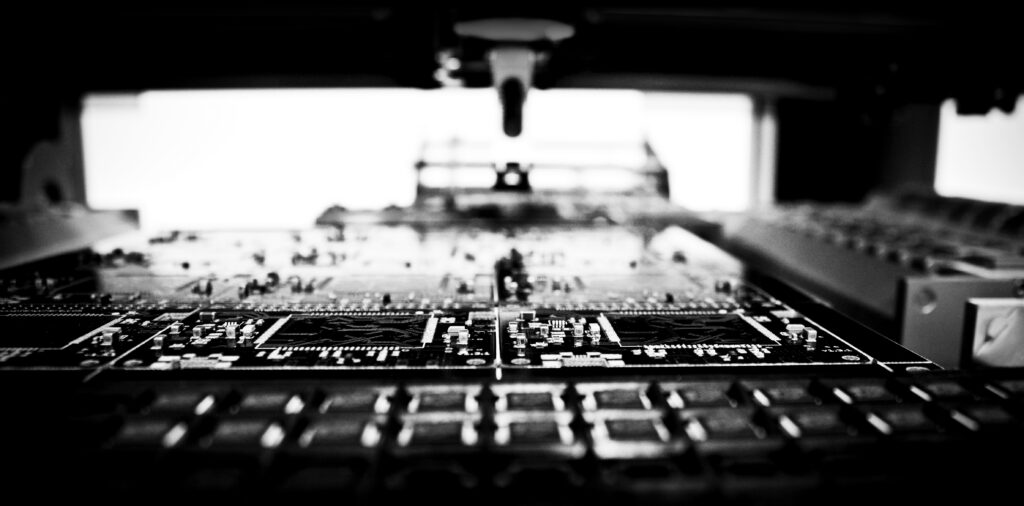Lack of high-quality data is the key barrier to effective deployment of robots in real-world environments. AIRA solves this by building a real-world simulation infrastructure for Physical AI. Unlike synthetic simulators, AIRA collects and processes real-world data from productive workspaces to create high-entropy simulation environments grounded in real tasks, layouts and sensor conditions.
AIRA has developed partnerships to survey 100s of real-world productive locations generating up-to-date, millimetre accurate, contextualised 3D maps and fully navigable visualisations. In addition to capturing static ‘point in time’ data, AIRA’s data acquisition process incorporates 3D time series data that records the activity taking place over time. This enables training Physical AI models with Reinforcement Learning and Imitation Learning.
“The principal challenge facing frontier robotics AI companies is building representative datasets. This means collecting data that captures the full range of situations a robot will face—especially infrequent, but mission-critical ones. Outside of robotics, AI models can adapt and generalize because we’ve already gone through the process of collecting internet-scale datasets, and curating them to span enough rare and everyday situations. Likewise, we need an abundance of realistic robotics data to build AI good enough to expand robotics markets.”
Terran Mott, Collossus Review, May 2025. Read more.

